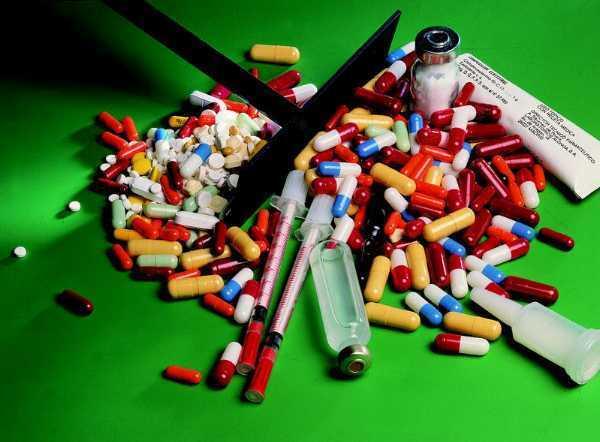Waste from cytotoxic medications, which include toxins that are harmful to cells, is referred to as cytotoxic waste. It covers cytotoxic drug-contaminated supplies, machinery, and leftovers. Because they stop cell division and proliferation, cytotoxic medications, also known as antineoplastics, are typically given to patients with cancer and illnesses like multiple sclerosis. Aggressive treatment, such as cytotoxic medicines, is required to immediately inhibit and destroy the aberrant cells that cause these diseases since they proliferate quickly and unpredictably. You can reach the management services to handle residuos citotoxicos properly.
Various cytotoxic waste types
Here are some instances of substances that interact with cytotoxic medications and subsequently categorised as residuos citotoxicos:
- syringes
- vials
- gloves
- needles
- respirator masks
- personal clothing and equipment
- air filters
The production of the drug, its administration to the patient, and disposal all involve significant risks when handling cytotoxic medications. Cytotoxic waste must be appropriately separated from and disposed of due to its toxicity. Cytotoxic wastes become harmful when combined with other pollutants.

Cytotoxic waste needs separate at the source to:
- Decrease the risk of infection for patients and healthcare professionals
- Ensure that it doesn’t contaminate other waste streams.
- Make sure that all applicable laws followed in full.
- Prevent unapproved reuse
- Eliminate garbage from the common bin to lower the cost of treatment and disposal.
- Avoid landfilling hazardous debris.
Point-of-use cytotoxic waste disposal system CY64
In an oncology environment, the CY64 offers a new method for isolating and safeguarding trace cytotoxic waste. The system provides for the safe disposal of all things contaminated with chemotherapy drugs, minimising odour emission and enabling point-of-use accessibility at the bedside or in an infusion environment.
Complying promotes safety
Unintentional exposure can reduce through appropriate training, educated waste segmentation, and close attention to detail in the handling, storage, and transportation of cytotoxic waste. Healthcare professionals, employees of medical waste disposal companies, and anyone involved in the production, transportation, treatment, or disposal of cytotoxic waste should be aware that exposure can occur in various ways.
One such way is percutaneous, such as a needlestick wound sustained during the administration of chemotherapy. It may be taken in through the mouth, breathed, or even the skin. Accidental needle sticks may get avoided with careful handling and proper disposal in an approved sharps container. You might not be aware that a person using cytotoxic medication may excrete bodily fluids that could get contaminated with cytotoxic waste. Are you aware that the potential for this exposure can last longer than seven days after treatment? Protect both your patients and staff from exposure.

